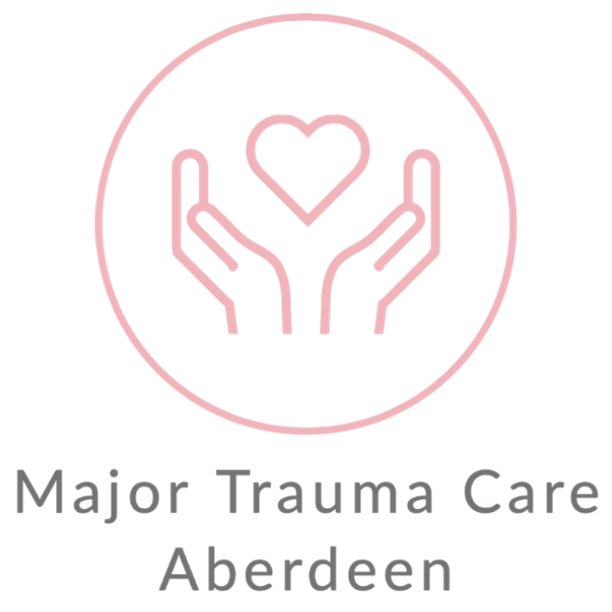
Head injury is the commonest cause of death & disability in people aged between 1 and 40 years in the UK. Twenty percent of admitted patients have evidence of a fracture or brain injury. One in 500 Emergency Department (ED) attendances for head injury result in death. Most deaths occur in the 5% of patients who present to the ED with a GCS (Glasgow Coma Scale) <13.
The North of Scotland Trauma Network utilises the NICE guidelines for head injury. A summary of which follows in this document:
Definitions

Head Injury: Trauma to the head other than superficial injuries to the face.
Focal Neurological deficit – any of the following:
- Difficulties with understanding, speaking, reading, or writing
- Decreased sensation
- Loss of balance
- General weakness
- Visual changes
- Abnormal reflexes
- Problems walking.
High Energy head injury – any of the following:
- Pedestrian vs. car
- Occupant ejected from motor vehicle
- Fall >1m or >5 stairs
- Diving accident
- High-speed Motor vehicle collision (MVC)
- Rollover motor accident
- Accident involving motorised recreational vehicles
- Bicycle collision
- Any other potentially high-energy mechanism.
Base of skull fracture signs – any of the following:
- Clear fluid running from the ears or nose
- Black eye with no associated damage around the eyes
- Bleeding from one or both ears
- Bruising behind one or both ears.
Open or depressed skull fracture or penetrating head injury signs:
- Penetrating injury signs,
- Visible trauma to the scalp or skull of concern to the professional.
Assessments in the ED
Prioritise <C>ABC
Explore possible coagulopathy/thrombocytopenia/anticoagulants early.
Assess GCS:
- Do not ascribe depressed consciousness to intoxication until a head injury has been excluded.
- Assess all patients GCS<15 immediately for CT
- Assess all GCS 15 patients within 15 minutes of arrival for CT
- Patients with a GCS<9 should have early anaesthetic involvement.
Re-assessment:
Patients who do not initially require a CT scan should have observations taken every 30 minutes.
Re-attenders:
Patients who have previously attended the ED for a head injury and return within 48 hours should be seen / discussed with a senior clinician and strong consideration should be given to performing a CT scan.
Further Management
Pain management – pain can increase intracranial pressure.
Treat with:
- Reassurance
- Splinting of limb fractures
- Urinary catheterisation of a full bladder
- Titrate intravenous opioids
Safeguarding issues – Documents any concerns and follow age-appropriate safeguarding procedures.
Head injury proforma – A standardised head injury proforma and observation chart should be used when assessing and observing patients with a head injury (Please use local paper/electronic head injury proforma document.)
Imaging

When CT is unavailable - transfer all patients with a GCS<15 immediately to the Major Trauma Centre. Patients with a GCS 15 can be admitted overnight for observation with clear arrangements for urgent transfer if there is deterioration.
Perform a CT within 1 hour of any of the following risk factors being identified:
- GCS<13 on initial assessment in the ED
- GCS<15 at 2 hours after the injury on assessment in the ED
- Suspected open or depressed skull fracture
- Any sign of basal skull fracture
- Post-traumatic seizure (CT immediately if delayed)
- Focal Neurological deficit
- >1 episode of vomiting.
Perform a CT within 8 hours of the head injury if there has been some loss of consciousness or amnesia and:
- Age ≥ 65 years old
- Any history of bleeding or clotting disorders
- Dangerous mechanism of injury:
- Pedestrian or cyclist struck by a motor vehicle
- Occupant ejected from a motor vehicle
- Fall from a height >1m or >5 stairs
- >30 minutes retrograde amnesia of events immediately before the head injury.
Perform a CT scan within 8 hours of injury for all patients on warfarin, even in the absence of any other symptoms.



